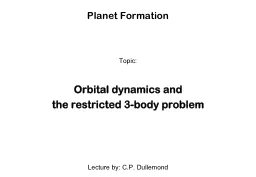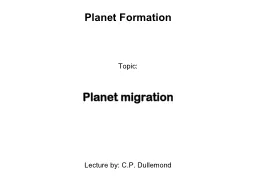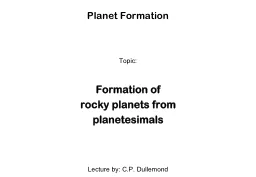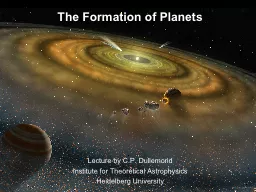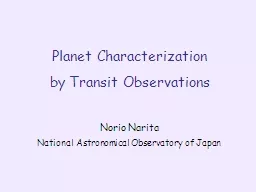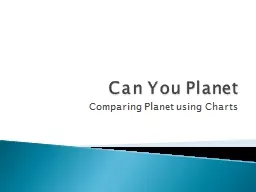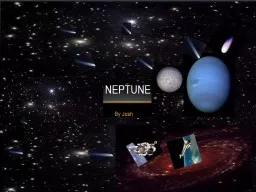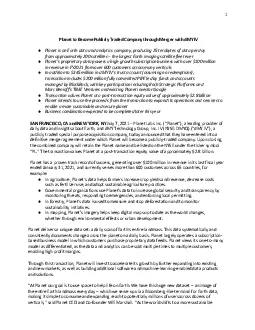PPT-Planet Formation
Author : lindy-dunigan | Published Date : 2015-12-01
Topic Orbital dynamics and the restricted 3body problem Lecture by CP Dullemond Objects of the Solar System Kuiper Belt 3050 AU 10 AU 1 AU Earth Mars 1 AU 138 167
Presentation Embed Code
Download Presentation
Download Presentation The PPT/PDF document "Planet Formation" is the property of its rightful owner. Permission is granted to download and print the materials on this website for personal, non-commercial use only, and to display it on your personal computer provided you do not modify the materials and that you retain all copyright notices contained in the materials. By downloading content from our website, you accept the terms of this agreement.
Planet Formation: Transcript
Download Rules Of Document
"Planet Formation"The content belongs to its owner. You may download and print it for personal use, without modification, and keep all copyright notices. By downloading, you agree to these terms.
Related Documents

